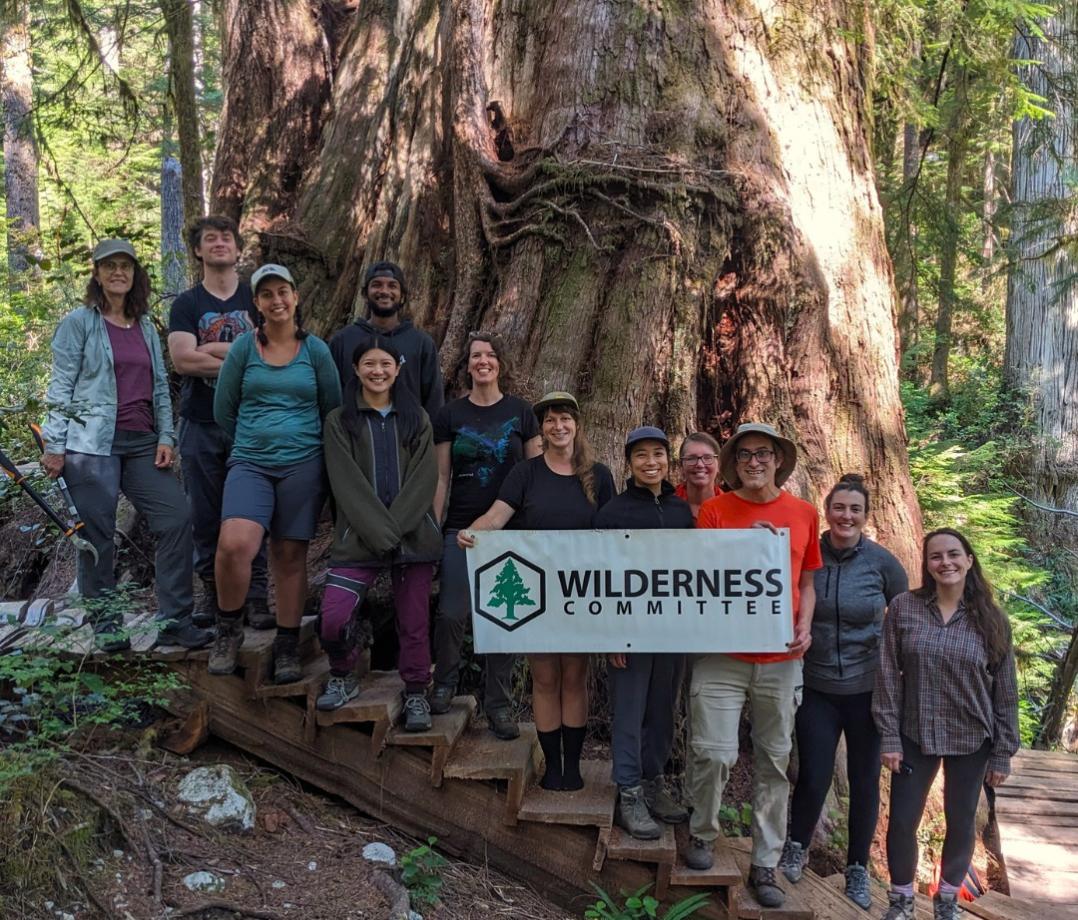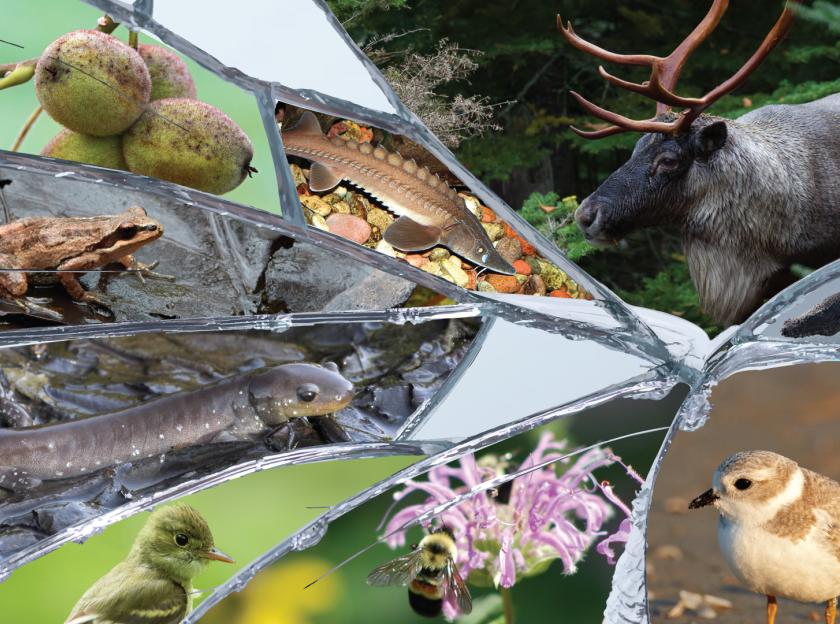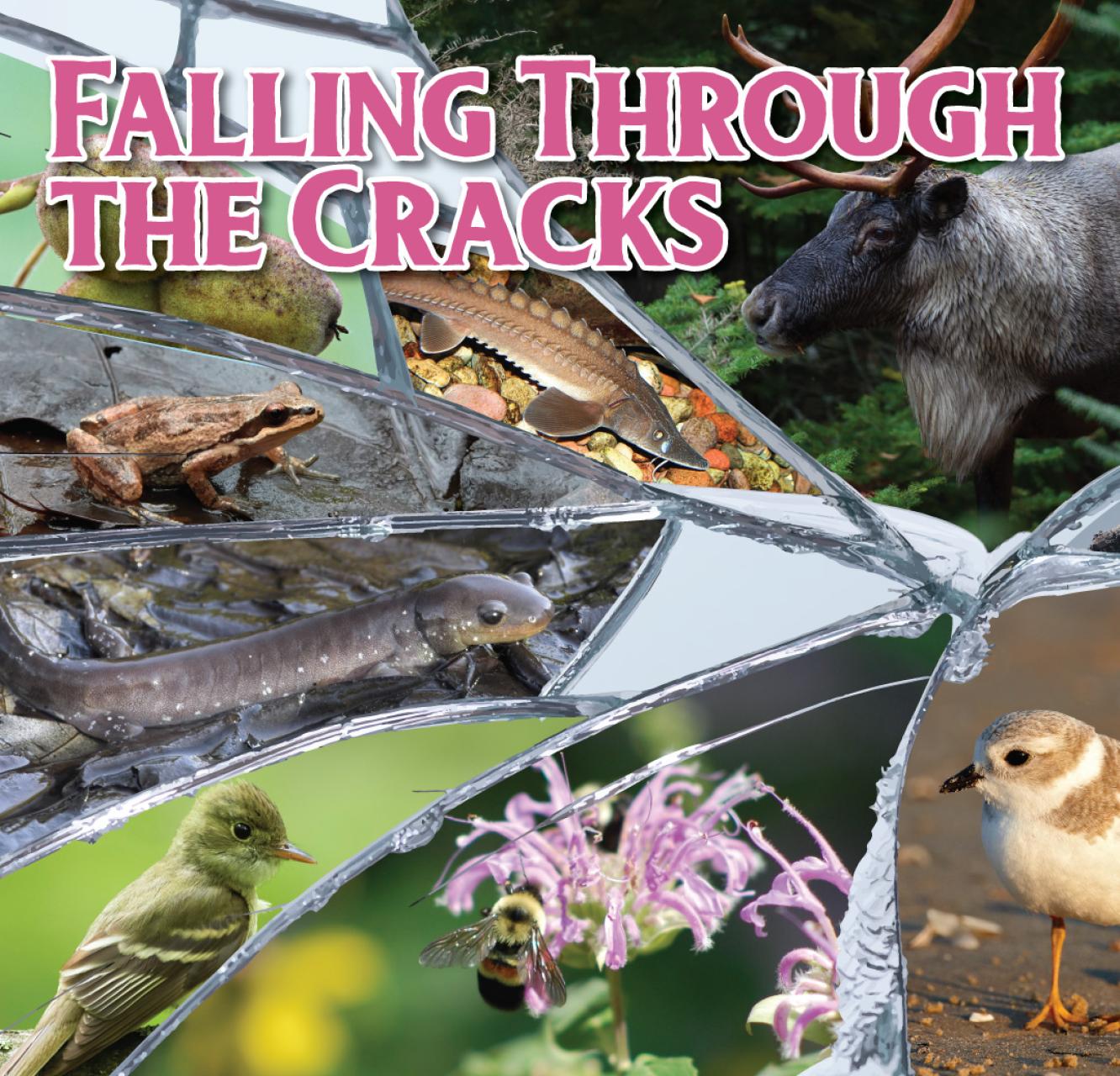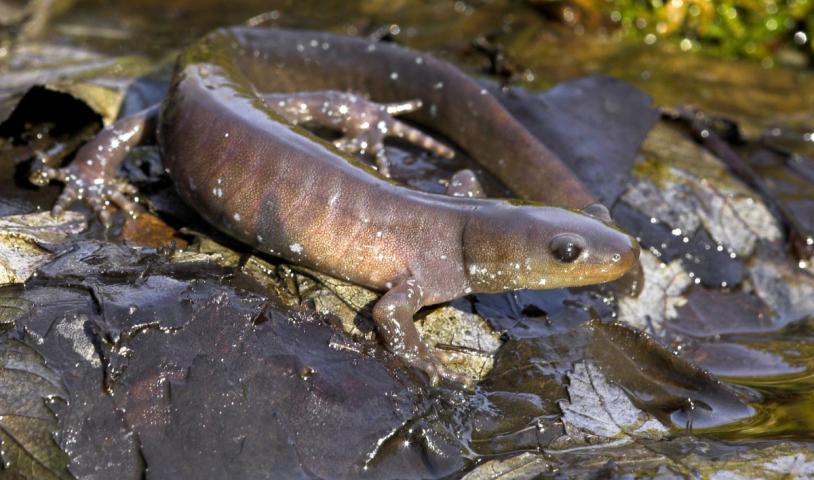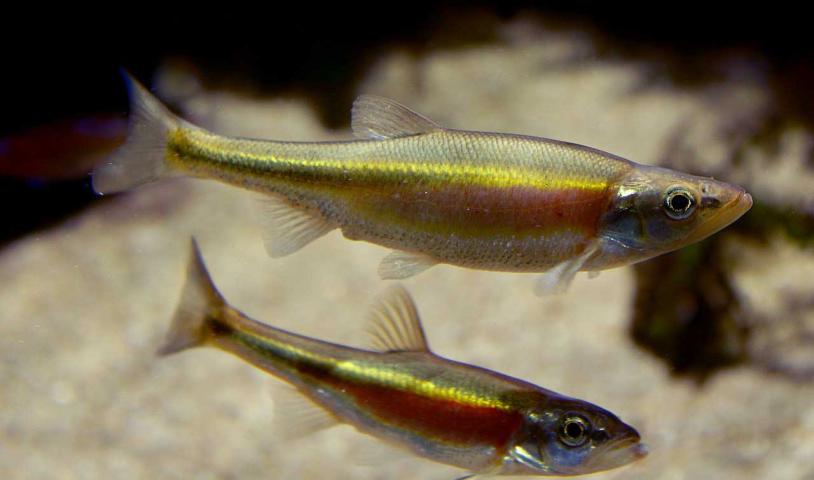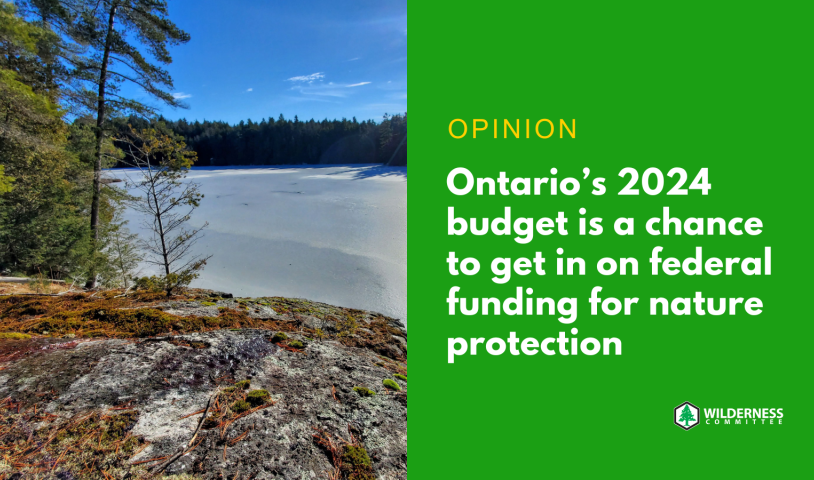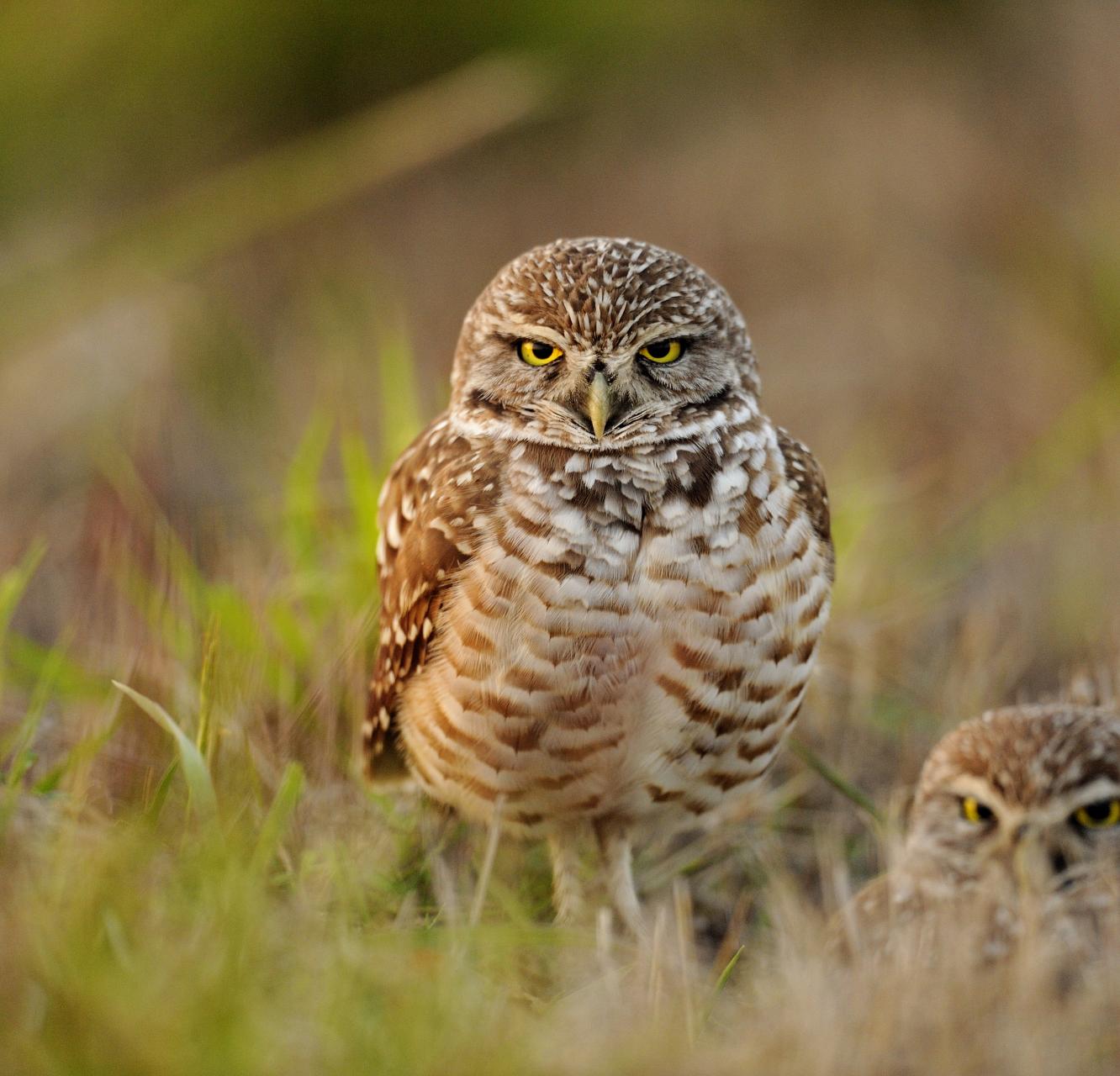Ontario Endangered Species
Biodiversity in crisis
More than a million species are at risk of extinction worldwide, and Ontario is not immune. There are over 30,000 species of animals, plants and fungi in the province, nearly 3,000 species of which are considered vulnerable. Meanwhile, over 240 species, from iconic mammals such as boreal caribou to the tiny rusty-patched bumblebee, are listed as species at risk.
At a time when experts warn that we must come together to halt and reverse biodiversity loss for our own safety, the Ontario government is instead intent on gutting protections, paving the way for out-of-control development and industry. The Wilderness Committee works to educate the public on the importance of biodiversity and show them how to advocate for stronger laws to protect the most vulnerable species and their habitat.
Ford government seeks to destroy endangered species protection
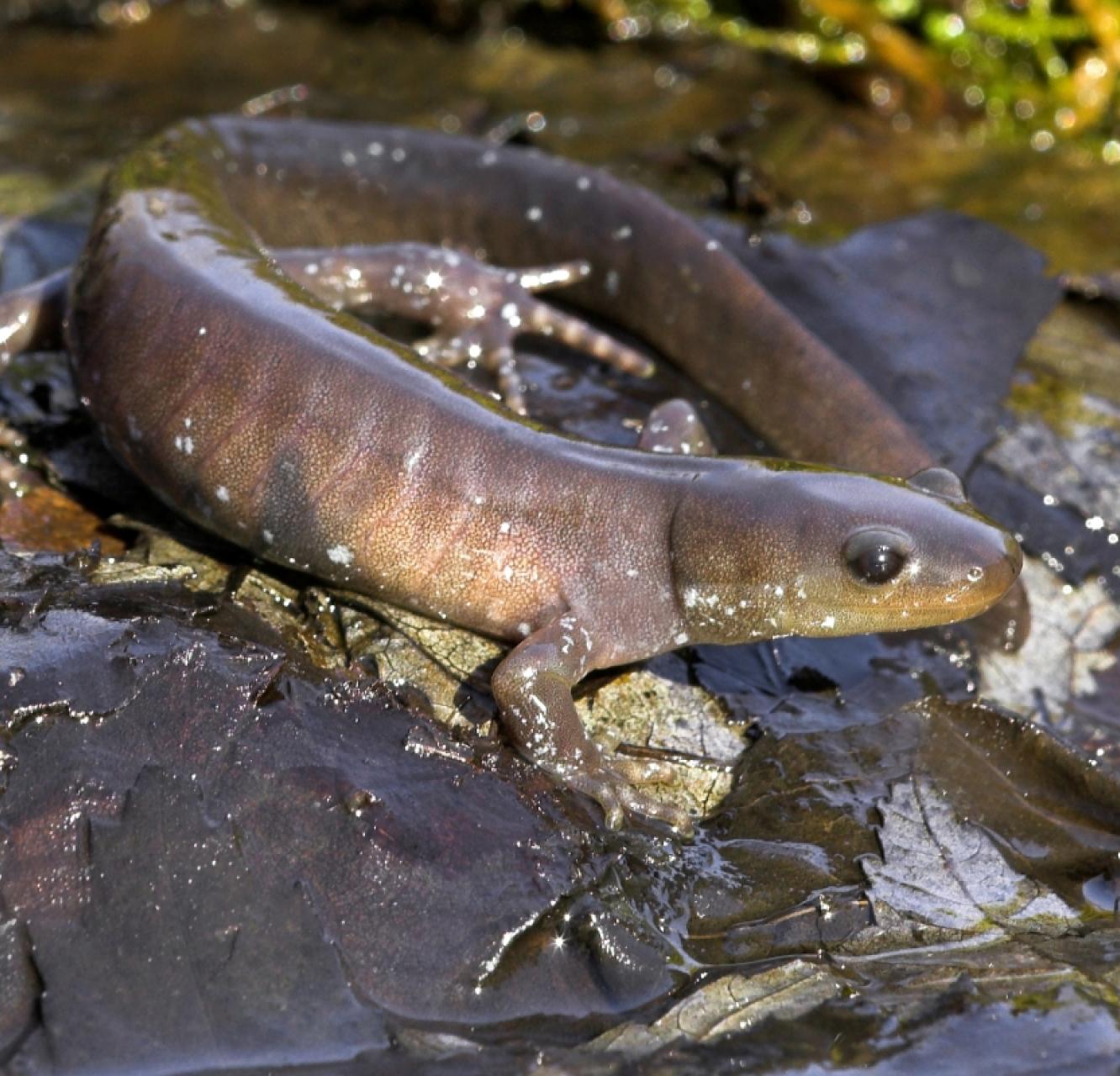
Take Action
Repeal Bill 5 and Restore Protections for Endangered Species
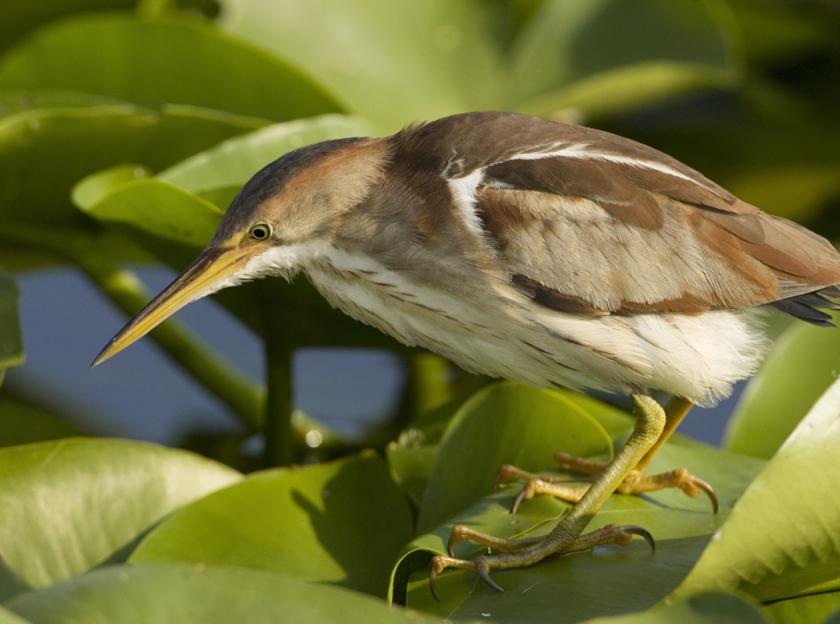
Biodiversity matters
Biodiversity refers to the vast variety of life on Earth and the myriad of ways living things interact with each other and their environment. These natural connections form the foundation of healthy, resilient ecosystems that humans rely on for clean air and water, food, medicine and productive soils. Our relationships with biodiversity-rich ecosystems also inform our identity, culture and economy.
The global decline in biodiversity is being driven by human activities. Over-exploitation of natural resources, land-use changes, urban sprawl, pollution, invasive species and climate change are all threatening to destroy or degrade this complex web of life.
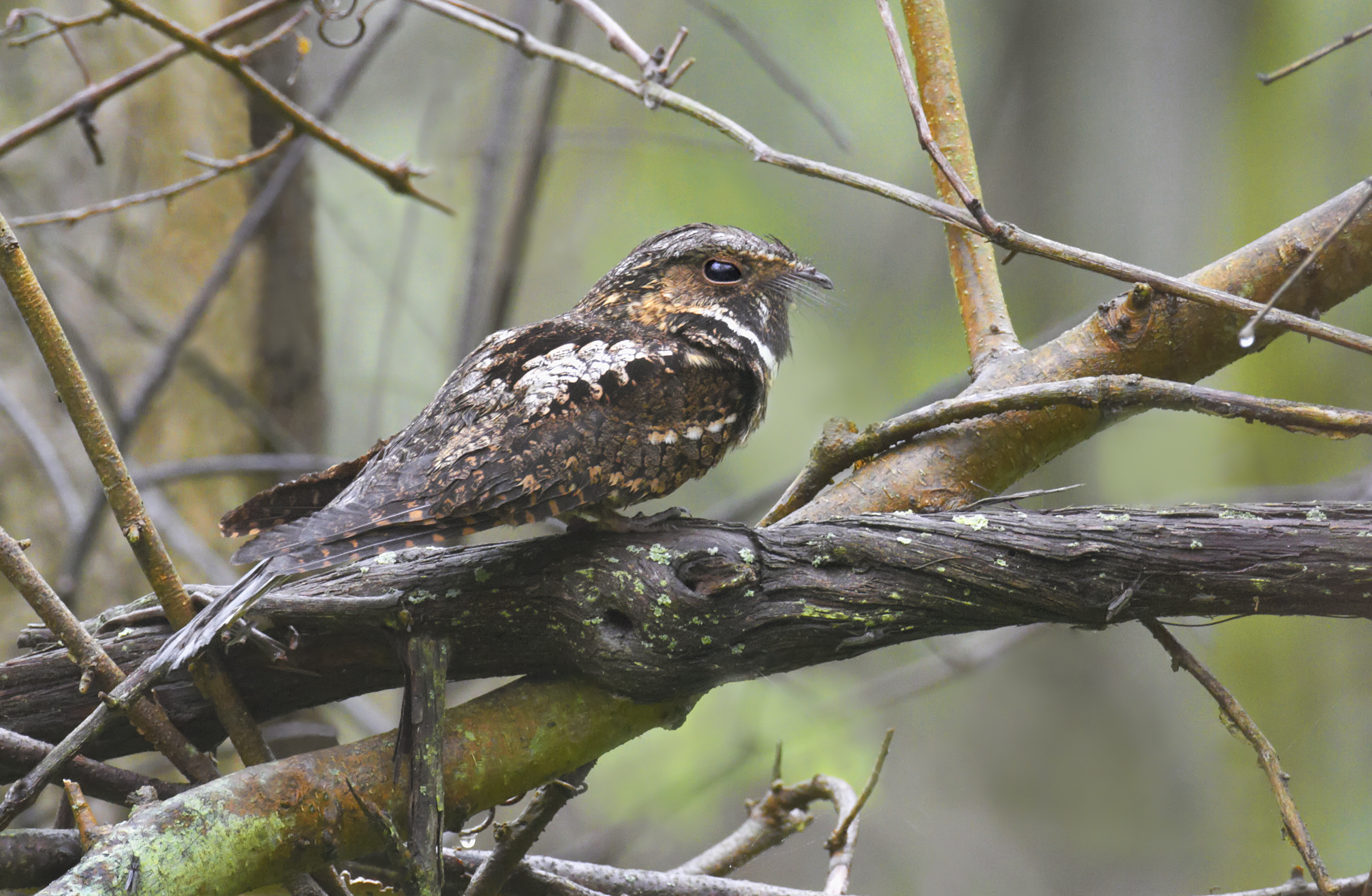
What can be done?
While the biodiversity crisis is dire, there are ways we can address it and even restore species and ecosystems on the brink of extinction. Success stories, such as the population recovery of peregrine falcons, wood ducks and trumpeter swans, offer valuable lessons. Strategies include identifying threats to species, enacting strong and enforceable protection laws, and empowering community-led restoration of degraded ecosystems. We must prioritize learning from Indigenous Peoples, as their knowledge, practices and relationships with nature on Indigenous-managed lands have proven to be highly effective in sustaining biodiversity.
In 2022, Canada signed the United Nations Biodiversity Framework alongside 196 countries, committing to halt and reverse biodiversity loss by 2030. Ontario has had a Biodiversity Strategy since 2005, with targets and actions designated to protect and restore biodiversity by the same deadline. Achieving these goals will require a concerted societal effort, dedicated investment of resources and systemic changes in how we relate to, and account for, nature and our fellow living beings.
Provincial protections in peril
Ontario’s Endangered Species Act (ESA) 2007 was once considered a world-class piece of legislation. Based on independent scientific and Indigenous knowledge, it made harming species at risk illegal. The law required automatic habitat protections for listed species along with the development of recovery plans, monitoring and reporting by the province.
However, since then, the act has been repeatedly weakened, with successive governments adding loopholes for developers and exemptions to industries such as forestry and hydroelectric power. The current provincial government has further doubled down on degrading endangered species protections. A 2021 report by Ontario’s auditor general found that the province was failing to protect and recover species at risk and their habitat. Among the many problems revealed, one of the most shocking was that permits for development projects that could harm species at risk are always and automatically approved. A follow-up report found the province was failing to implement the majority of the dozens of recommended solutions to address these problems.
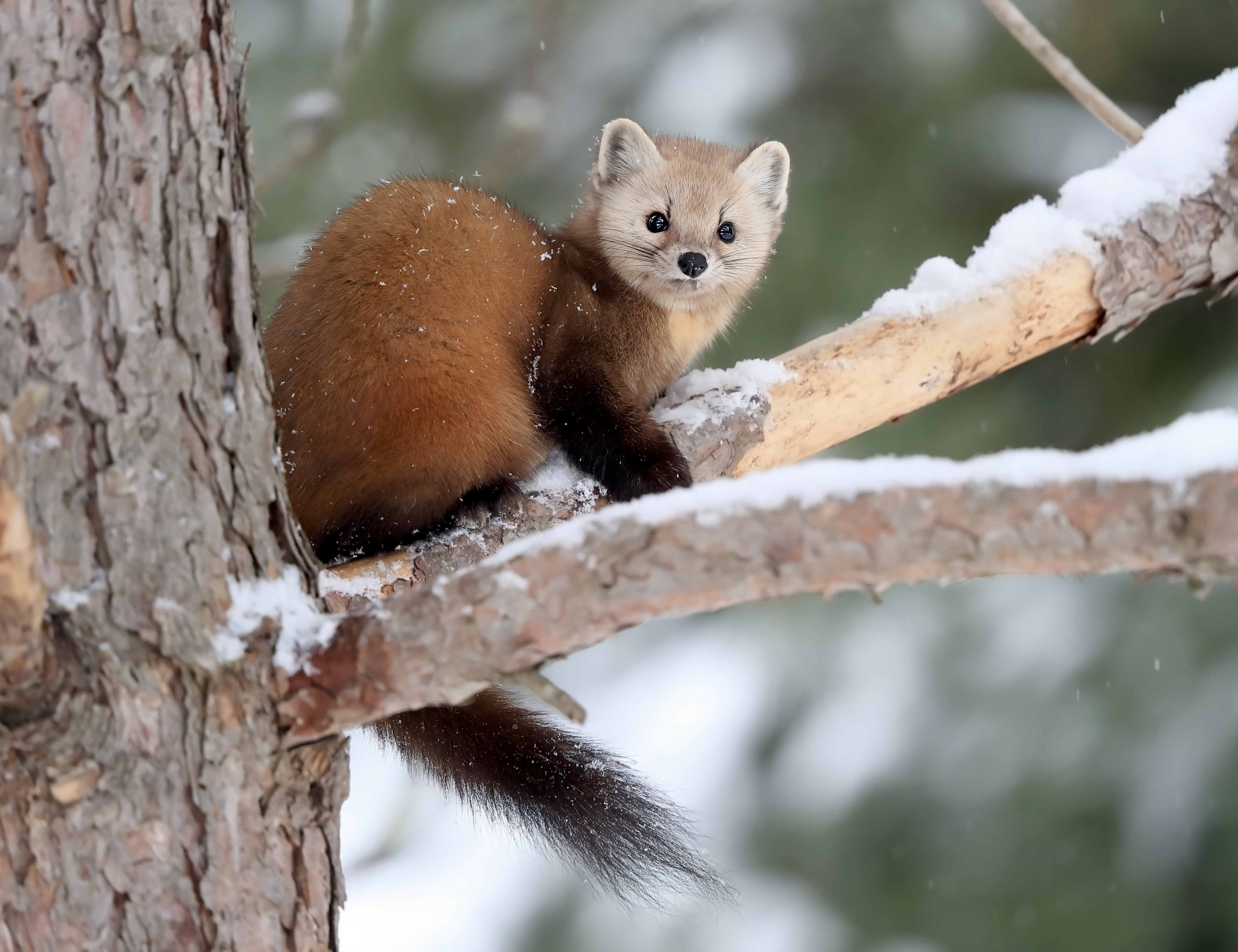
Bill 5: the final nail?
In 2025, the Ford government passed Bill 5, which revoked the ESA entirely and replaced it with the much watered-down Species Conservation Act (SCA). The new legislation drastically reduces habitat protections, eliminates the requirement for recovery plans and removes government oversight over project permits. Species at risk in Ontario, like the Blanding’s turtle, deserve better. We’re committed to exposing these deficiencies and cuts to species protections, advocating for stronger laws and supporting grassroots efforts to oppose projects that threaten at-risk species and their habitat.
On the ground and in the wetlands for wildlife
At the Wilderness Committee, we create local connections that amplify people’s voices and lead to conservation wins. We work on the ground with citizens, scientists and Indigenous communities to protect critical habitat for species at risk.
This fight is far from over, however. Join us in advocating for strong laws to protect biodiversity and stop destructive projects that threaten endangered species.
Quarries and species at risk don’t mix
A massive proposed rock quarry in the Serpent River watershed, north of Lake Huron, is threatening the critical habitat of endangered Blanding’s turtles. We’re working with residents and Anishnaabek water protectors to make sure this project is stopped.
Falling Through The Cracks
Biodiversity in Ontario is in crisis. Each year, hundreds of species identified as at-risk continue to decline, as more are added to the list. The causes of this crisis are well-known: habitat loss through land-use change, ecosystem degradation and overexploitation, compounded by pollution, invasive species and climate change. Read our publication to find out how Ontario’s endangered species laws are failing and how they can be fixed.
Campaign Gallery
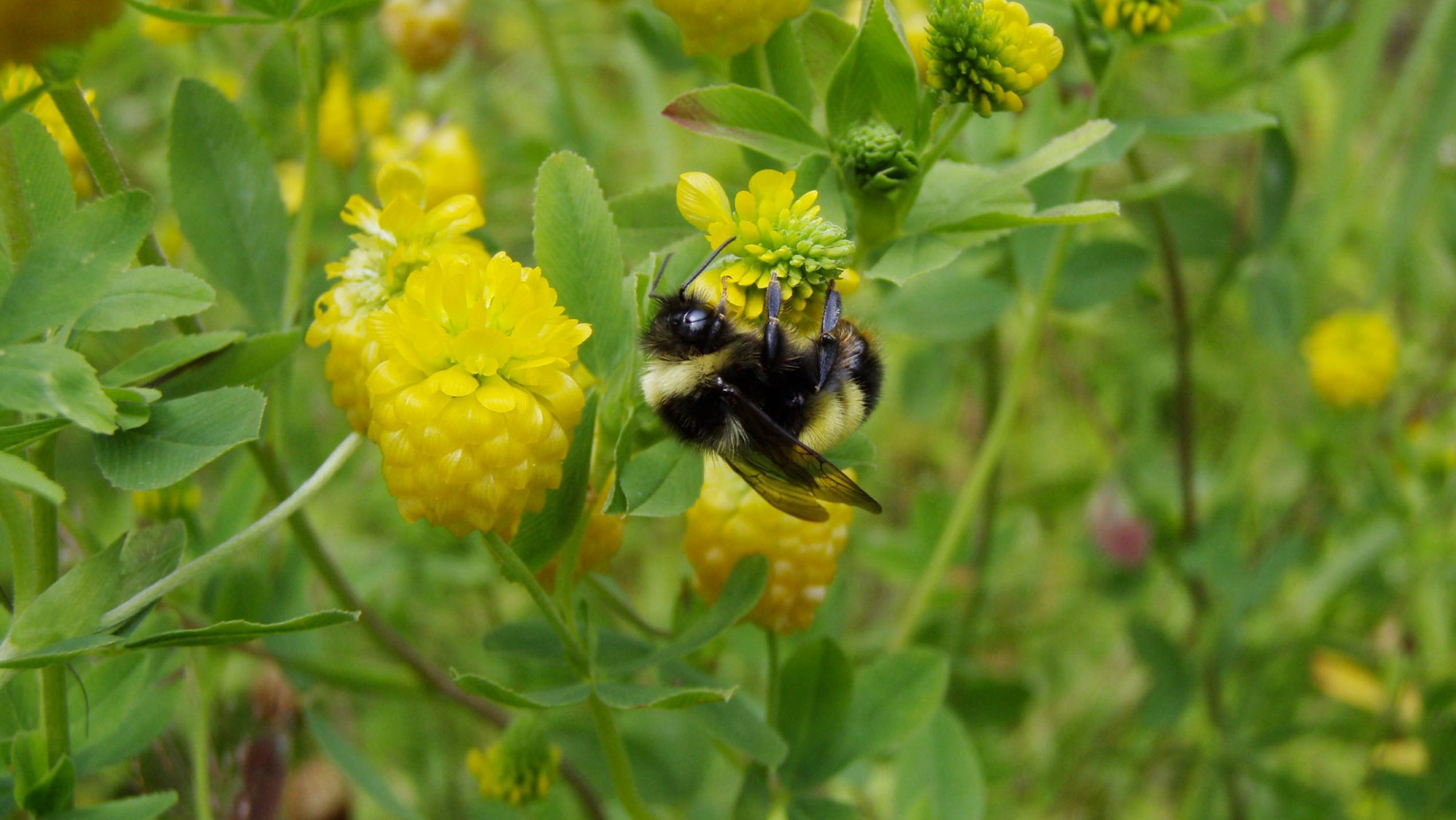
Check Out More Updates
Join Us
Don’t miss your chance to make a difference. Receive campaign updates and important actions you can take to protect wildlife, preserve wilderness and fight climate change.
